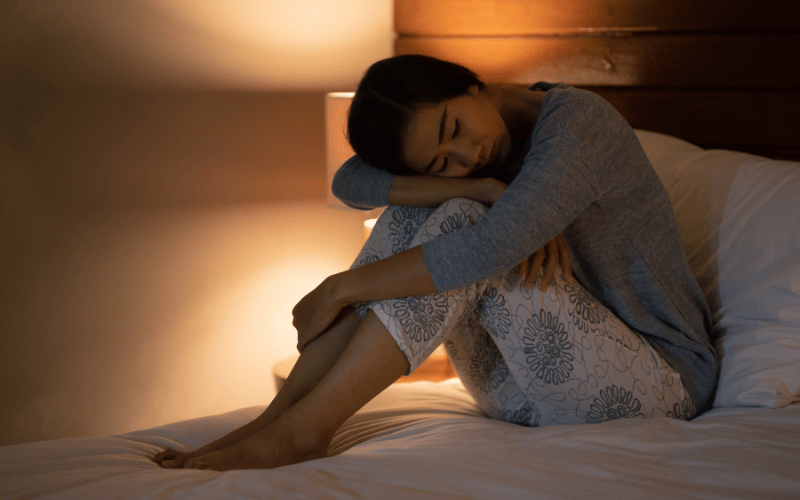Fact 7: Potential Ties to Sleep Disorders

Sleep, a seemingly passive activity, is a complex dance of various stages and rhythms. It’s a crucial component of our overall health, dictating numerous physiological processes. For some children, nocturnal enuresis may be intertwined with disruptions in these sleep patterns, making it an external manifestation of an underlying sleep disorder.
Children with nocturnal enuresis often experience a deeper state of sleep, known as deep non-REM sleep. This profound slumber can make it challenging for the child to wake up in response to a full bladder. Furthermore, a child might have other sleep disturbances such as sleep apnea, restless leg syndrome, or periodic limb movement disorder, which may exacerbate the bedwetting incidents.
Sleep apnea, a condition where one’s breathing periodically stops during sleep, can be a potential trigger for nocturnal enuresis. These intermittent pauses in breathing can lead to a drop in oxygen levels, prompting the body to produce more urine. When coupled with a child’s inability to wake up due to deep sleep, it becomes a recipe for bedwetting episodes.
Sometimes, the root cause of nocturnal enuresis isn’t readily apparent. It might be buried beneath layers of seemingly unrelated symptoms. For instance, a child who snores loudly, is restless during sleep, or has night sweats might also be a candidate for nocturnal enuresis. These seemingly disparate signs might be interconnected spokes of the same wheel. (7)